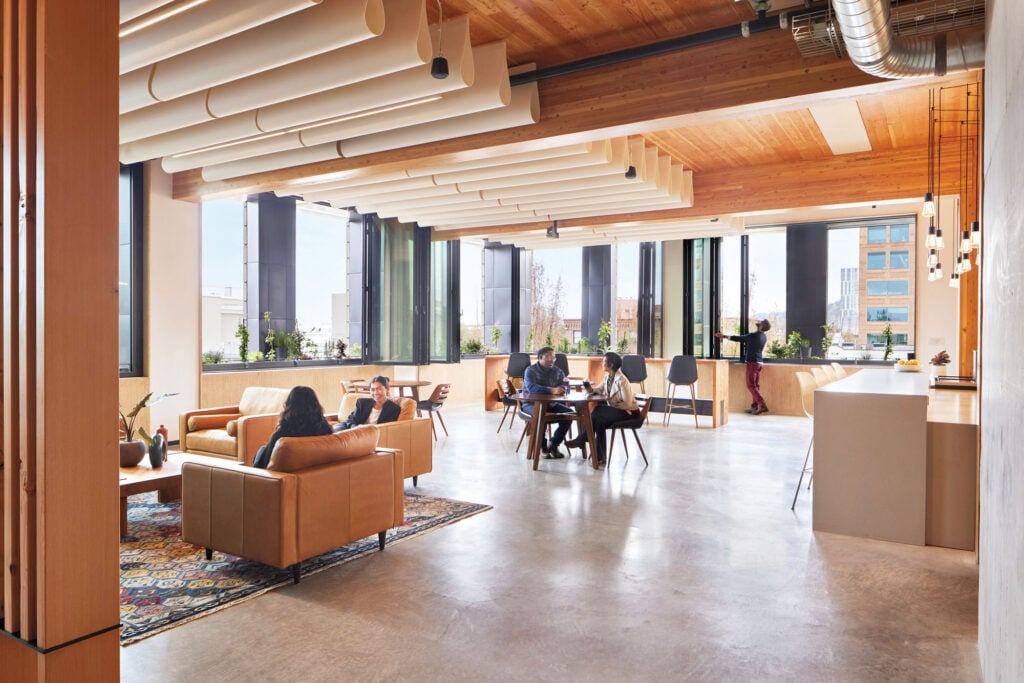
April 15, 2022
Future100: Eve Tobey Responds to the Bay Area’s Unique Challenges

But perhaps her most ambitious—and most radical—undertaking is the Bridge of Nymphs, a speculative project in which Tobey and collaborators, including fellow Future100 awardee David Rico-Gomez, re-envisioned the iconic San Francisco–Oakland Bay Bridge as a cicada colony. Aiming to reduce carbon emissions from livestock, the design includes a multilayer tubular structure that wraps around the bridge, creating an urban insect farm that could provide the city with a more sustainable protein source. Through such innovative and fearless designs, Tobey challenges us to consider how our existing landscapes can be reconfigured in new ways to address our most urgent problems.

Would you like to comment on this article? Send your thoughts to: [email protected]
Related
Projects
5 Buildings that Pushed Sustainable Design Forward in 2022
These schools and office buildings raised the bar for low-carbon design, employing strategies such as mass-timber construction, passive ventilation, and onsite renewable energy generation.
Projects
The Royal Park Canvas Hotel Pushes the Limits of Mass Timber
Mitsubishi Jisho Design has introduced a hybrid concrete and timber hotel to downtown Hokkaido.
Profiles
Meet the 4 New Design Talents Who Made a Mark This Year
From product design to landscape architecture and everything in between, these were the up-and-coming design practices making a splash in 2022.





